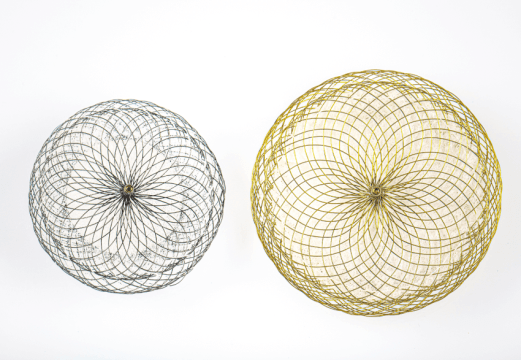Original title: Radial Versus Femoral Randomized Investigation in ST-Segment Elevation Acute Coronary síndrome. The RIFLE-STEACS (Radial Versus Femoral Randomized Investigation in ST-Elevation Acute Coronary Syndrome) Study. Reference: Enrico Romagnoli et al. J Am Coll Cardiol 2012;60:2481–9.
Bleeding in patients with acute coronary syndromes (ACS) is an independent predictor of morbidity and mortality. Until today, evidence supporting the radial approach came from studies not strong enough to show significant difference in hard clinical end points.
This multicenter study included 1001 patients with ST segment elevation ACS randomized 1:1, radial vs. femoral. All patients were positive for Allen’s tested in both hands and operators were required that at least a 50% of performed angioplasty procedures by radial approach.
Primary end point was a composite between cardiac death, infarction, stroke, revascularization and non surgical bleeding, Baseline characteristics were well balanced, around 10% were in Killip class III/IV, and 8%required intra-aortic balloon counterpulsation. There were no differences in symptom/balloon time and door/balloon time between the groups. The overall rate of vascular approach crossover was 6.1%.
The primary end point was significantly lower in the radial group compared to the femoral (13.6% vs. 21% p=0.003). Cardiac death was also significantly lower in the radial group (5.2% vs. 9.2% p=0.02) and there were no differences in infarction (1.2% vs. 1.4% p=1), revascularization (1.2% vs. 1.8% p=0.6) or stroke occurrence (0.8% vs. 0.6% p=0.72).
Bleeding occurred in 10% of procedures and was lower in the radial group (7.8% vs. 12.2% p=0.026); this difference was due to a reduction of 60% in bleeding associated to access site. Non surgical bleeding was 53% of all bleeding and was similar in both groups (5.2% vs. 5.4% p=1).
Using TIMI criteria, no differences were observed in major bleeding but differences were noted in minor bleeding (radial 4% vs. femoral 7.2% p=0.038). Hospitalization was also significantly lower for those accessed by radial approach.
Conclusion
The RIFLE-STEACS trial clearly shows the advantages of the radial approach vs. the femoral approach in patients with ST segment elevation ACS.
Editorial Comment:
This is the first study with enough statistical strength to show different in hard clinical end points to make the radial approach the number one choice, also in the emergency room. The low frequency use of Bivalirudin (a mere 8%, a more frequent use may reduce the gap in terms of bleeding), and operator training were study limitations.
Though the radial approach significantly reduces bleeding and mortality, bleeding events not associated with access sites are still 53%. We should use the radial approach but also assess patients with bleeding risk scores (e.g. CRUSADE) to adjust antiplatelet and antithrombotics on a case by case basis.
SOLACI.ORG





